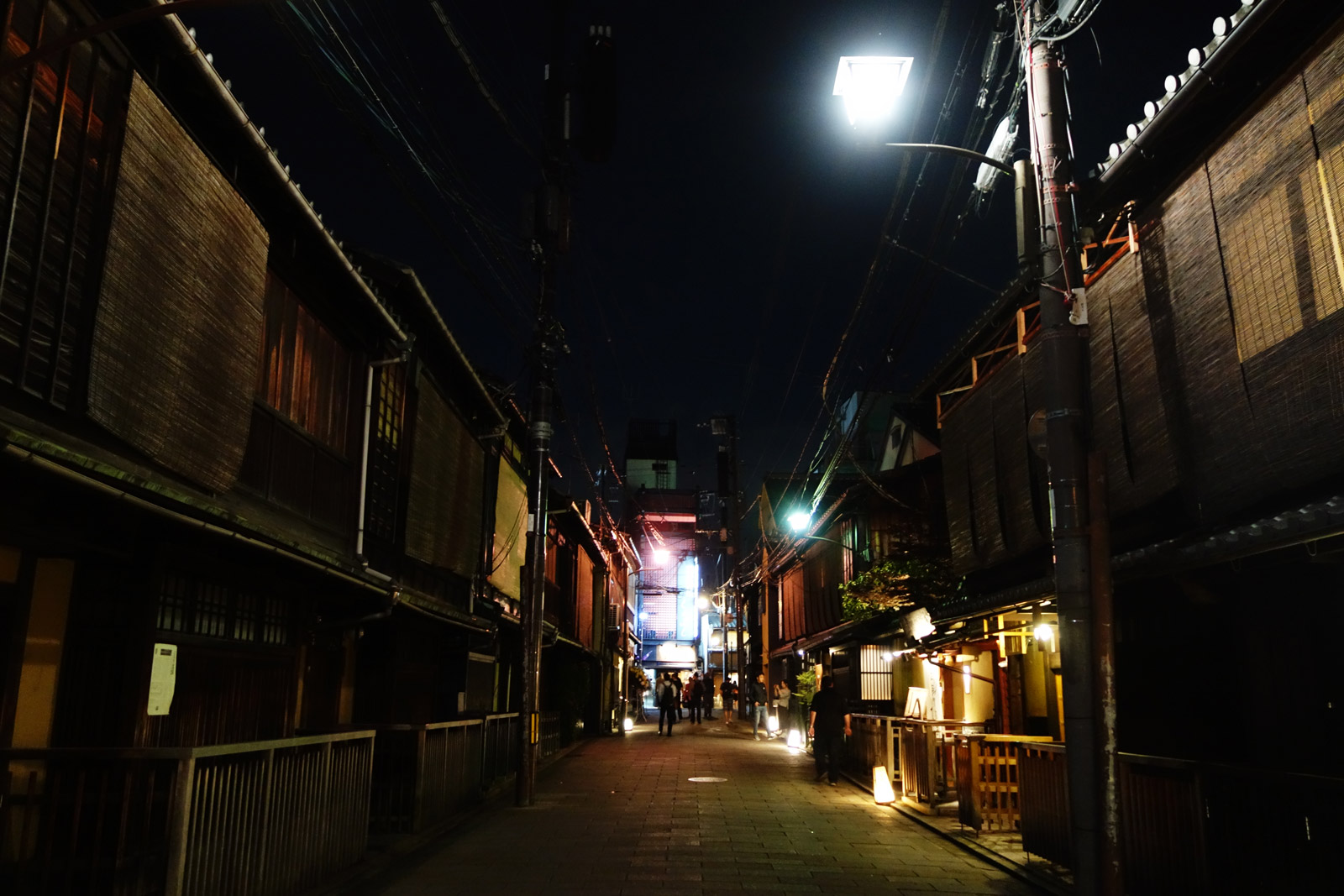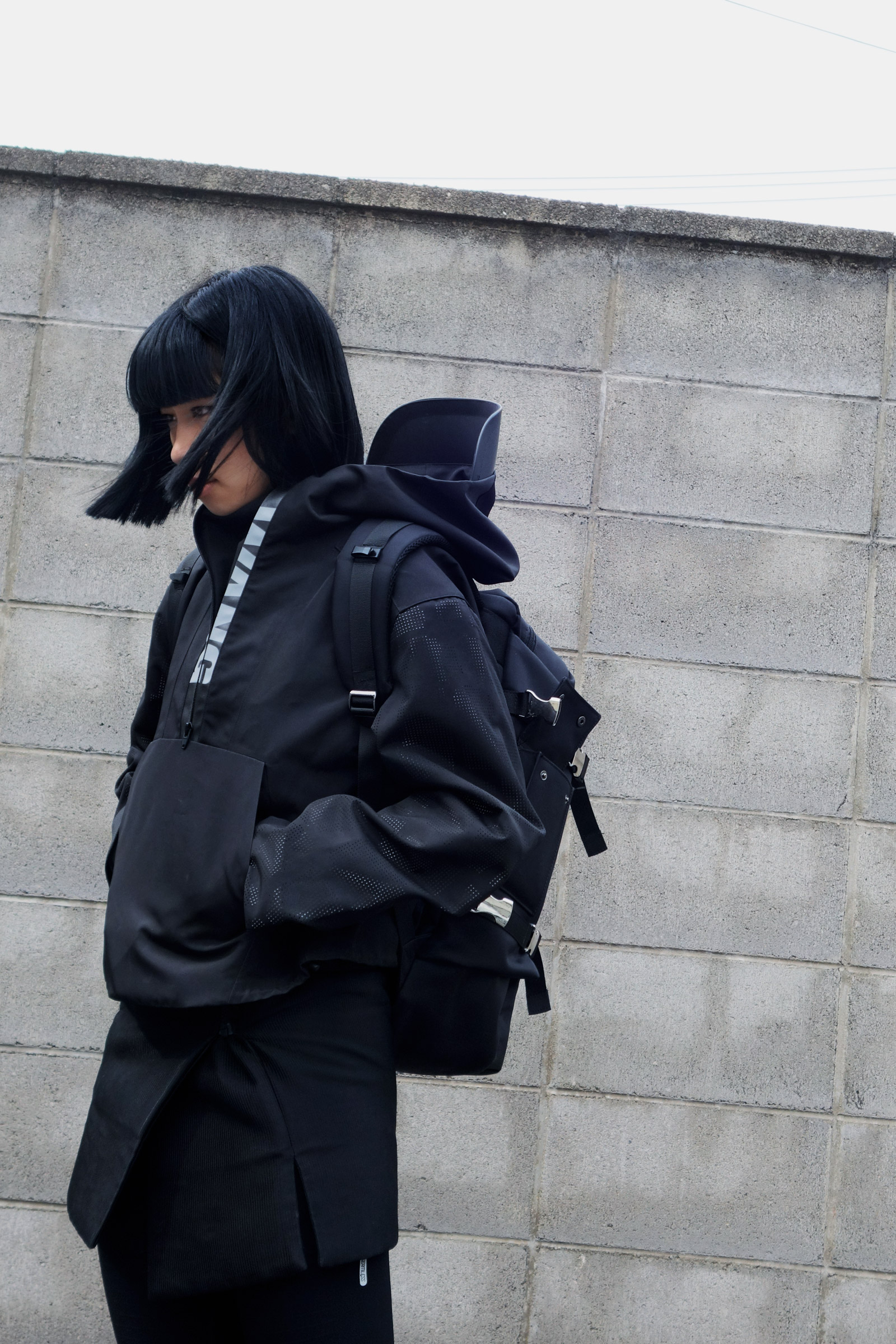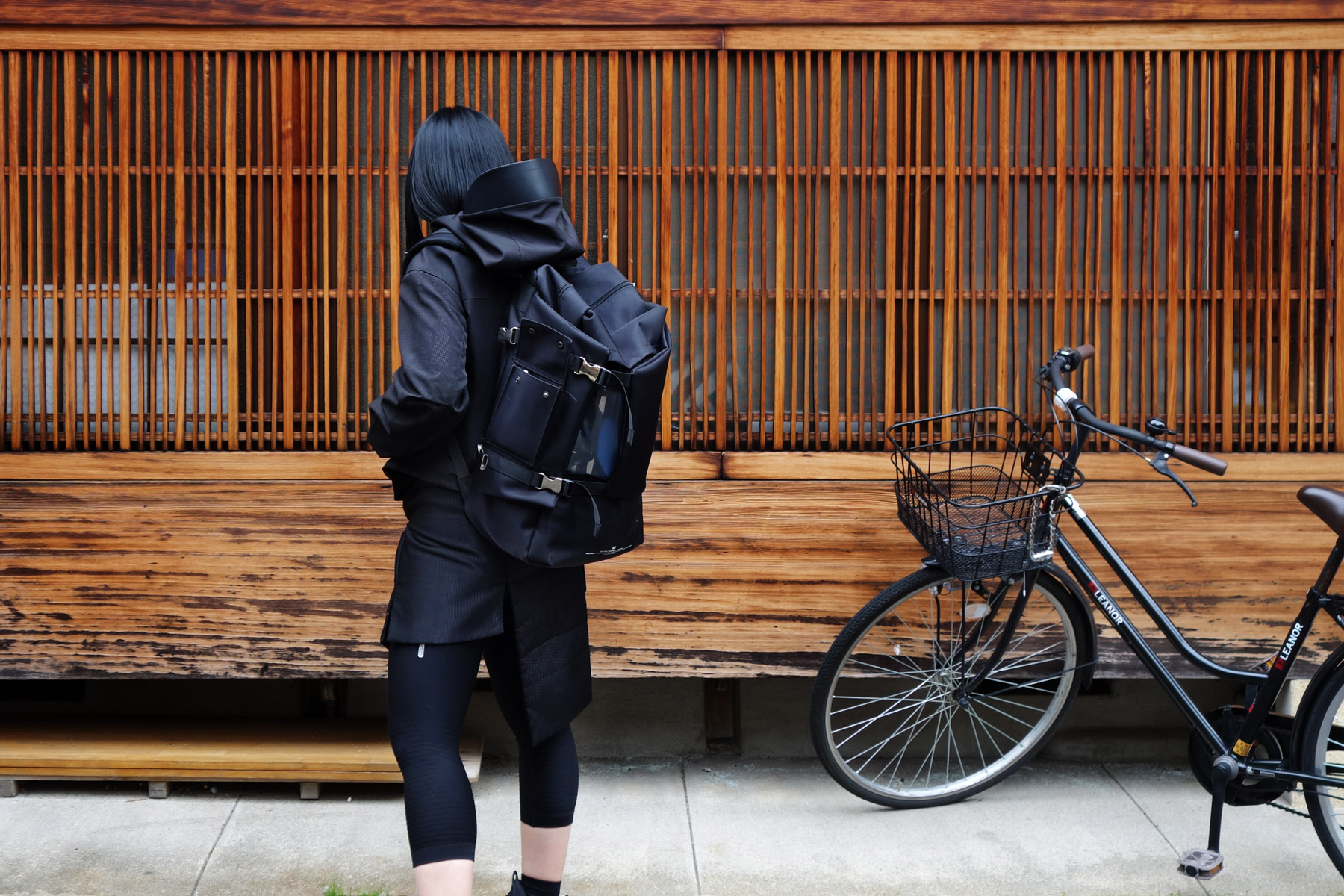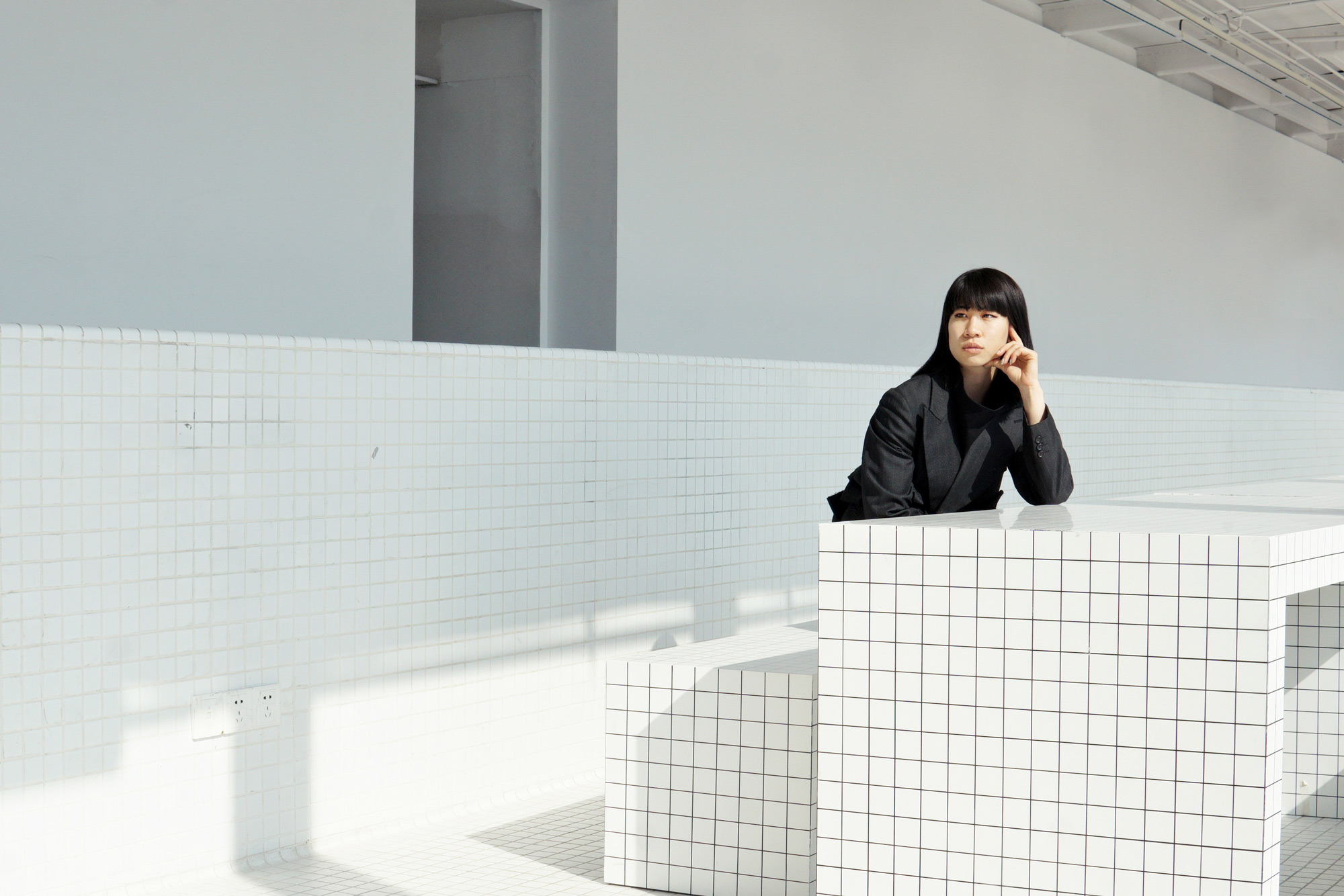The rooms at the Waranjiya are about nine feet square, the size of a comfortable little tearoom, and the alcove pillars and ceilings glow with a faint smoky luster, dark even in the light of the lamp.
In Praise of Shadows, by Junichiro Tanizaki
It was 9PM and I was sitting in a cafe next to the embankment of Kamo River, the beating heart of Kyoto. This place, though slightly Scandinavian with its interior decoration, still paid its dues to traditional Japanese aesthetics. During the day, the floor to ceiling windows were left wide open to let in cool breeze and sunlight, while allowing one to appreciate the sights of gently flowing water. At night, the lighting is yellow and dim, casting shadows amongst trinkets and furniture. One couldn’t help but to feel comfortably drowsy when bathed in such gentle illumination.
It had been a long day that involved plenty of walking. I got acquainted with traditional Kyoto confectionaries (matcha! chestnuts! matcha! red beans! matcha!) in every new block I found myself in; cursed at the huge throngs of tourists blocking my way in every temple and castles; and marvelled at the narrow alleys that reminded me of Beijing’s hutongs, often bathed in darkness that hides secret bars, restaurants and tea houses.

“As a general matter we find it hard to be really at home with things that shine and glitter. The Westerner uses silver and steel and nickel tableware, and polishes it to a fine brilliance, but we object to the practice. While we do sometimes indeed use silver for teakettles, decanters, or sake cups, we prefer not to polish it. On the contrary, we begin to enjoy it only when the luster has worn off, when it has begun to take on a dark, smoky patina. Almost every householder has had to scold an insensitive maid who has polished away the tarnish so patiently waited for.
Of course this “sheen of antiquity” of which we hear so much is in fact the glow of grime. In both Chinese and Japanese the words denoting this glow describe a polish that comes of being touched over and over again, a sheen produced by the oils that naturally permeate an object over long years of handling—which is to say grime. If indeed “elegance is frigid,” it can as well be described as filthy. […] I suppose I shall sound terribly defensive if I say that Westerners attempt to expose every speck of grime and eradicate it, while we Orientals carefully preserve and even idealize it. Yet for better or for worse we do love things that bear the marks of grime, soot, and weather, and we love the colors and the sheen that call to mind the past that made them. Living in these old houses among these old objects is in some mysterious way a source of peace and repose.“


Kyoto – being the ancient capital of Japan and now its cultural capital – boasts many traditional wooden homes that have stood the test of time. This beautiful city was once considered as the drop site for one of the nuclear bombs because of its urban industrial area and it was home to many universities. The committee of American military generals, army officers and scientists “thought the people there would be able to understand that an atomic bomb was not just another weapon – that it was almost a turning point in human history.”
If historical records were to be trusted, Kyoto was single-handedly saved by the Secretary of War Henry Stimson who went directly to President Truman after failing to convince the committee to choose another site. He had visited Kyoto a few times before the war and fallen in love with this city that is now home to more than 2,000 Buddhist temples and Shinto shrines, a sentiment I completely understood and shared with him. Being a person who doesn’t really do proper research beforehand, I stepped into the city not knowing what to expect. I went home feeling a little more hopeful about life and humanity – grateful for the existence of Masters who had crafted art and architecture throughout history.

“And so it has come to be that the beauty of a Japanese room depends on a variation of shadows, heavy shadows against light shadows—it has nothing else. Westerners are amazed at the simplicity of Japanese rooms, perceiving in them no more than ashen walls bereft of ornament. Their reaction is understandable, but it betrays a failure to comprehend the mystery of shadows. […] when we gaze into the darkness that gathers behind the crossbeam, around the flower vase, beneath the shelves, though we know perfectly well it is mere shadow, we are overcome with the feeling that in this small corner of the atmosphere there reigns complete and utter silence; that here in the darkness immutable tranquility holds sway.”
The author Junichiro Tanizaki held the virtues of Japanese aesthetics in such high esteem that he devoted several paragraphs to describing the pleasures and meditative qualities of spending time in a traditional Japanese toilet. In the old days, they were housed in wooden structures – located separately from the main building – which allowed one to look out upon blue skies and green leaves. He even went so far as to speculate that great Haiku poets came by their ideas while indulging in the physiological delights of being encompassed in the wooden tranquility.
From electrical lighting to scientific advancements and hospitals, Tanizaki wondered what these inventions would be like had they been spearheaded by the Chinese and Japanese, who have a contrasting temperament and approach to beauty compared to the West. It is almost too easy to dismiss his romanticism for another old person’s rose-tinted view of the past, especially one articulated with undertones of racial stereotypes, but one cannot help feeling that their forebears’ steadfast poetic touch in every facets of life has culminated in a design and lifestyle perspective that is uniquely Japanese, such as the famous smart toilets ubiquitous only in modern Japan. Had China not gone through the Cultural Revolution, she might have been less inclined to pursue the same artificial glitz as the West, and be more willing to incorporate her own intellectual and artistic history in the pursuit of modernity.
Running around Kyoto, one cannot help but feel a little disconcerted amongst historical grandiosity and weathered dwellings. The old and the new, the rigid and the fluid. It is a sense of discomfort that forces one to rethink one’s position and outlook in this world.
All excerpts from In Praise of Shadows, by Junichiro Tanizaki







Love the post! I agree with getting out of ones comfort zone and traveling as much as possible. Loved learning about “sheen of antiquity”, I can connect with that as well. :)
Thank you Julia. I’d highly recommend reading the essay. It’s really short, downloadable in pdf form somewhere on the internet.
In Praise of Shadows by Jun’ichiro Tanizaki is about 50 brief pages. This ‘book’ will open your mind to re-examing everyday objects taken for granted, but now seen in a different perspective. It is readily available . . .
Indeed I read that book a long time ago. The title was a reference to it and the first quote came from the book.